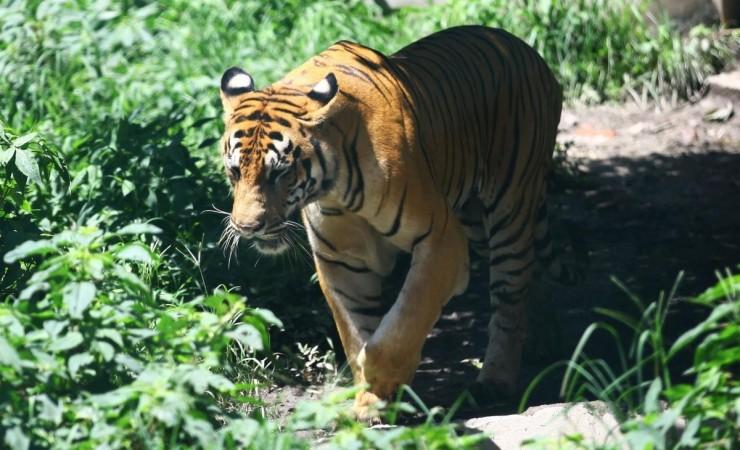Nepal has seen an exceptional growth of tigers in the last 12 years, becoming the first nation to double the population of the big cat.
Nepal's tiger population currently stands at 355 at a time when the target was 250, according to government data.
The new figure, as per the December 2021 census, was announced by Prime Minister Sher Bahadur Deuba at a programme in Kathmandu to mark International Tiger Day which falls on July 29 annually.
Nepal has successfully achieved its goal of doubling its tiger population by 2022, as per its commitment, along with 12 other tiger range countries, at the first tiger summit in 2010 in St. Petersburg.

In 2010, there were 121 tigers in Nepal. The number rose to 198 in 2013 and 235 in 2018.
As the tiger was dwindling globally, then Nepal committed to double its tiger population by 2022. Then Nepal took an aggressive approach for protection of tigers that resulted in positive results within some years.
This was the fourth tiger census conducted by the government of Nepal in the last several decades.
According to the census, the Chitwan National Park shelters 128 big cats, the highest one.

During the St. Petersburg conference in 2010, those countries who are having tigers, had agreed to double the population in 12 years.
While the increase in tiger numbers is a welcome move, there are concerns and challenges about sustaining them while avoiding human-tiger conflict which also has increased in recent years, according to experts.

















